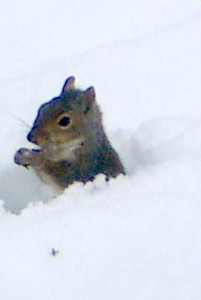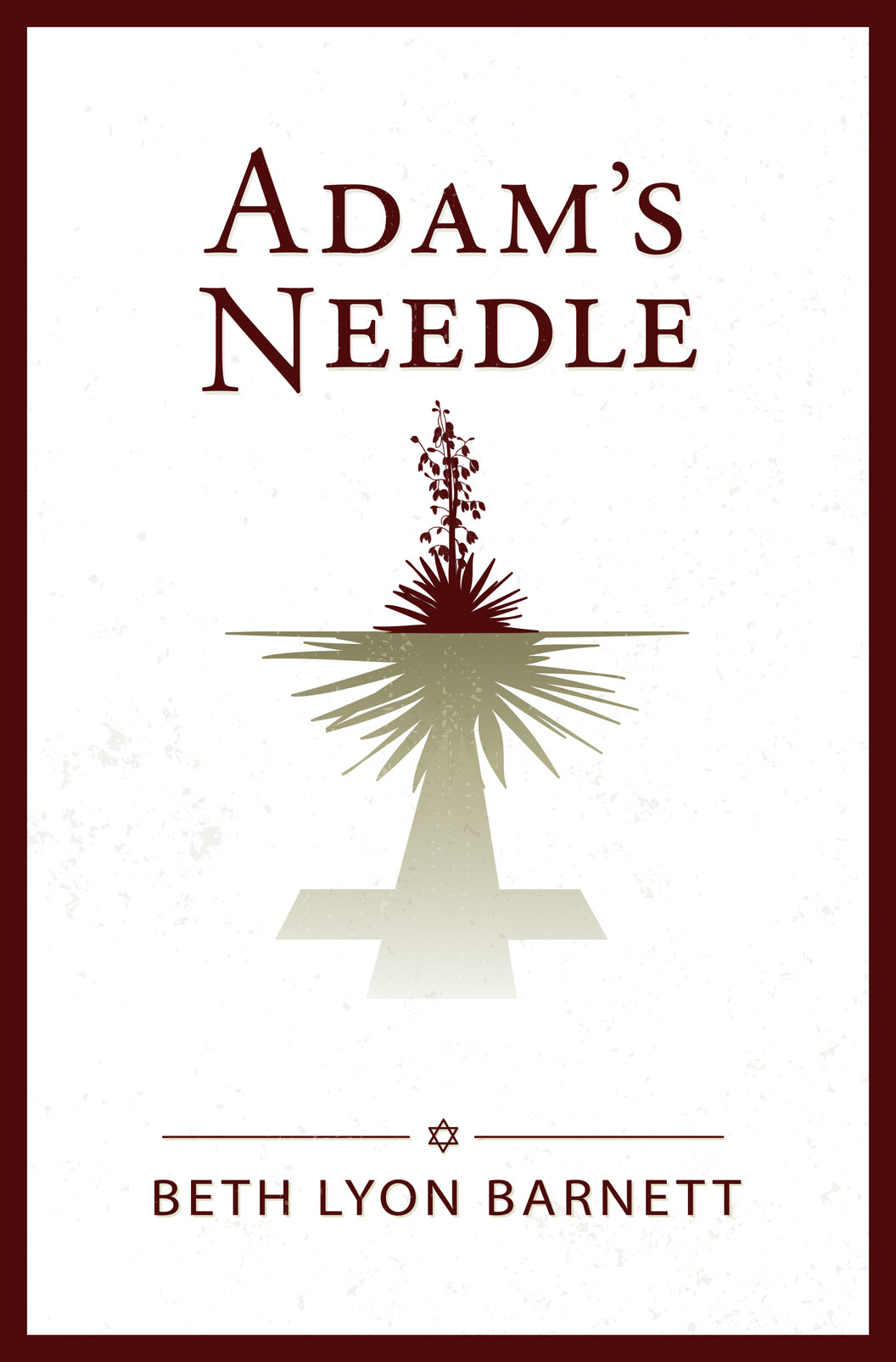Biodiversity
A new book, Sustaining Life: How Human Health Depends on Biodiversity published by Oxford Press provides great incite into the workings of our universe.
For example, did you know that dragging heavy fishing nets across the bottom of the sea is like clear cutting forests on land, forever destroying life that has never even been explored. Or that the waste water from washing impurities from coal before it is sold is impounded into toxic sludge ponds which if breached can contaminate the water supply of tens of thousands of people? (Do we really want two new coal plants near Wichita Kansas?)
Our rapidly rising resistance to antibiotics has become an alarming phenomenon as doctors “struggle to keep one step ahead of their patients” infections. Sadly we are losing creatures that can provide us with answers and even cures. Studies on the Southern Gastric Brooding Frog ceased when the species became extinct and with the cessions went the hopes of a cure for 25 million people suffering from peptic ulcers.
Agricultural fertilizers and sewage find their way into our rivers, our lakes (Lake of the Ozarks for example) and the oceans, and contaminate our water supply and kill our fish. Eating poisoned fish can “cause serious neurological symptoms or even death.”
We’ve heard of lead poisoning. If exposed in uteri, the fetuses of all vertebrates may suffer behavior problems and a decreased chance of survival. Did you know that the main source of lead and mercury comes from gas burning cars and coal power plants?
Mercury causes its own set of horrific problems; impaired hearing, vision and other brain maladies.
The surface of the earth has warmed just one degree in the last 150 years but that has already affected some migrating birds and animals. It is predicted that the earth’s surface will warm more than 10 degrees over the next 100 years, the same amount as the last 18,000 years. Many species will be caught in an “extinction vise, squeezed from the north by habitat loss and from the south by climate change.” Because of the food change, every species lost impacts the survival of many others. Each time a species becomes extinct, its molecules and genes are removed from studies which might have saved our lives.
Some fishermen would like to rid the seas of the prolific Spiny Dogfish Shark because it chases off other fish, but by studying the salt gland of this shark which produces a certain kind of diuretic, doctors are better able to treat kidney disease, chronic heart failure, cystic fibrosis and pancreatic disease.
Pesticides do irreparable damage by killing insect’s natural enemies such as birds. We suffer too by ingesting chemicals harmful to our systems. Fortunately, farmers are learning better ways to lessen the damage to their crops by using biological controls that occur in nature.
The controversy over the stratospheric ozone depletion is well known but there is no controversy over the harmful effects of the sun’s ultraviolet rays. We know they cause skin cancer and cataracts and may be responsible for impairing our immune systems as well.
If you doubt the importance of plant life on our own lives, take a look at these examples.
An amazing cure of Hodgkin’s lymphoma and acute leukemia is found in a species of Periwinkle that was nearly over harvested to extinction.
The bark of the African Cherry Tree is used to treat prostate gland enlargement, malaria and other fevers, and will go extinct in the wild unless something is done to prevent it.
If you have glaucoma, quinine from the bark of the cinchona tree might lower the fluid pressure in your eyeball.
If you are in pain, you should be grateful to a German chemist who isolated Morphine from the opium poppy in the early 1800’s.
Warfarin comes from sweet clover and is used in the treatment of blood clots along with heparin, first isolated from the liver of dogs.
If you have had breast reconstruction or plastic surgery, you ican probably thank leeches for contributing their anticoagulants to your successful recovery.
We owe our gratitude to many the species, vertebrates, invertebrates, insects, plants and numerous others that have contributed to our health and wellness. It is in our own best interests to preserve as many endangered creatures as possible.
Here’s what we can do to keep ourselves healthy and protect our environment.
Buy locally grown edibles.
Join like-minded community groups.
Don’t buy foods that list palm oil as an ingredient because of the high levels of saturated fats. Instead, use olive, soy and canola oils.
Turn your thermostat down just 1 degree.
Recycle.
Grow your food.
Next week, I’ll talk about our own back yards.
In the meantime, take a look at The Tree of Life web project. It explodes with amazing pictures, information, games and movies.
Have a healthy, happy and safe New Year.

- Happy 2010


Leave a Reply